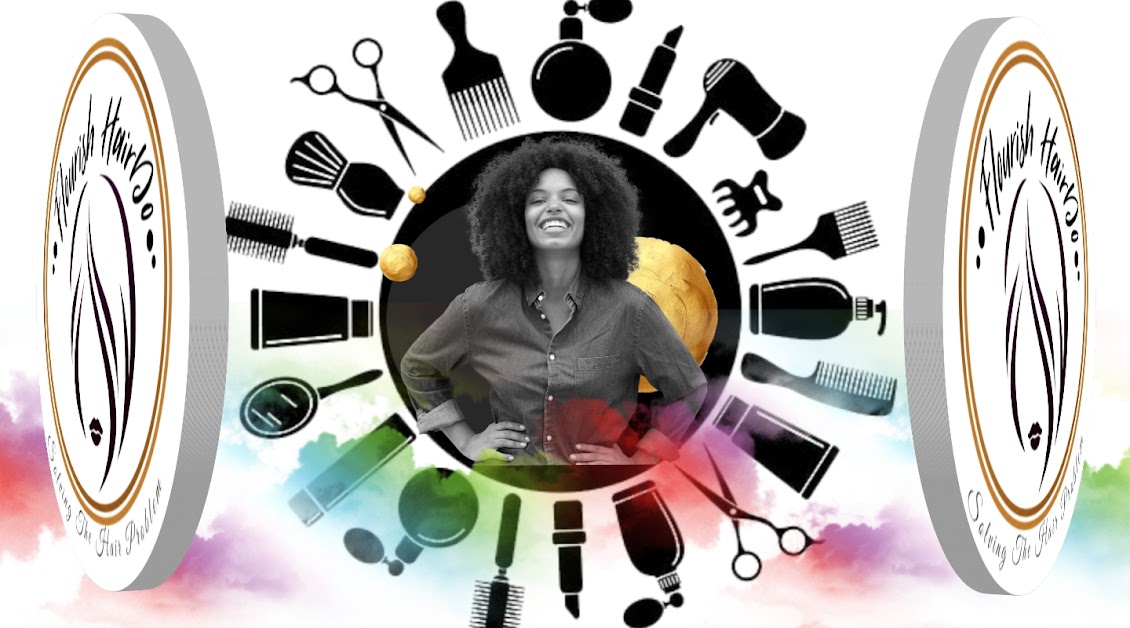When it comes to taking good care of your hair, there's a wealth of natural ingredients that have been reported to heal and strengthen strands for literally centuries!
and shea are well known in the curly community—especially when in a nice thick buttery form! But what about more literal butters? As in the kind Old McDonald would have churned out? E-I-E-I-Oh yes, it's a for real treatment! No need to have a cow though, we'll tell you how to butter up your 'do.
Before jumping on board with this hair care trend, there are a few things to keep in mind. First off, we're 100% NOTtalking about applying regular sticks you'd find in the dairy section to your hair! As you may have already been thinking, that kind of butter is very much susceptible to spoilage, and hardening up once it cools. If you like the company of flies, you're all set with the regular stuff, but for those of us that aren't feeling the buzz, the butter you dowant to apply is called ghee. This is a clarified version of butter, made by heating butter to its melting point and sifting the liquids from other normally tasty impurities, that is strictly composed of nothing but fat as opposed to baking style butter that contains milk solids and salt.
While the name Ghee originated in India, it's mostly used there as a condiment and sacred offering in the Hindu faith. We get clarified butter as a curl treatment from a bit farther west in modern-day Ethiopia and the surrounding areas. Ther's a reason why this stuff has been in use for generations: the clarified butter is rich in vitamins A, E, and K, as well as straight up fat (naturally) that seals moisture into the hair and shields it from exposure to damaging sun, sand, and wind—exactly the elements the Northeast African countries have in abundance. It can help calm a dry scalp without irritating it even more, and can also be used as an easily absorbed skin moisturizer for your really dry areas like elbows, hands, and feet. While it's not something you'd want to drink straight (what's good on your hair is not good in your arteries) according to clinical nutritionist Dr. Josh Axe, "Ghee benefits the body both inside and out, and is actually used topically to treat burns and rashes as well as to moisturize the skin and scalp. Much like coconut oil, it's a multi-use fat that is healthy in many ways."Of course this is for MILD abraisions and dryness/friction related rashes only, but that's not a half bad bonus! Ghee is also reported to help hair growth, but the jury's still out on that claim as far as clinical evidence goes. Still, since certain issues like a dry, unhealthy scalp can get in the way of hair growth, it's possible that the connection is still there.
So how do you use this stuff?
Ghee butter can be used the same way as any of your other favorite oils. You can apply it to tired strands and leave on for 30 minutes as a restorative hair mask, style your edges with it for a sleek look, and even use it as your go-to oil to seal hair under your daily moisturizer! The possibilities are endless!
If you're a little reluctant to try full on cow-based conditioning, we recommend picking up ORS' Hydrating Hair Butter. It blends ingredients like beeswax and sweet-smelling coumarin with the ghee to ease you into the idea a little more if you're not udderly delighted by the prospect of straight butter in your hair!
What do you think curlies? Would you try ghee conditioning in your routine? Go on...we triple-dog dairy you.
Source: naturally curly



No comments:
Post a Comment
Thanks for sharing your thoughts.. We cherish it...